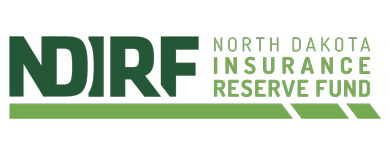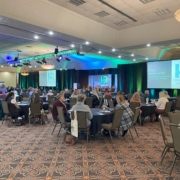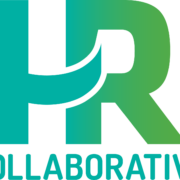HR Collaborative Highlights Resilience at 2024 Conference
Nearly 170 North Dakota local government professionals attended the HR Collaborative’s April 17-18, 2024, biennial conference in Bismarck to learn about ongoing and emerging human resource trends. This year’s conference featured Platinum Sponsor NDPHIT, MetLife, and Brown & Brown and its ever-popular Building Your HR System Series led by Tanya Wieler, Dakota Dynamics Human Resources Consultant for Local Government.
“The HR Collaborative and the NDIRF are so thankful to those who attended and supported this year’s event, especially our Technical Assistance Committee who helped select the curriculum and manage the overall conference experience,” HR Collaborative Executive Director Joanna Drennen said.
The Technical Assistance committee is comprised of local government HR professionals and includes NDACo Professional Development Manager Alisha Adolf and Operations Director Genny Dienstmann; Williams County Administrator Helen Askim; Bismarck Parks and Recreation Administrative Services Manager Julie Fornshell; NDSBA Member and Marketing Specialist Taylor Lassiter; NDIRF Administrative Services Manager Nancy Reis; NDLC Member Services and Office Manager Carissa Richter; Dakota Dynamics Human Resources Consultant for Local Government Tanya Wieler; and consultant Kathy Hogan.
This year’s conference theme was Resilient HR, inspired by its opening keynote speaker Jackie M. Stebbins, lawyer, mother, wife, and autoimmune encephalitis (AE) survivor. Stebbins’s presentation walked attendees through her path of “SuRvive, Recover, and Rebuild” as she and her family navigated her AE diagnosis, a rare brain illness in which a person’s immune system mistakenly attacks healthy brain cells. The illness, if not promptly diagnosed and treated, can cause irreversible destruction to a person’s brain and, in some cases, can be fatal.
Today, Stebbins lives in Bismarck and speaks across the nation about her AE diagnosis and recovery journey. She has penned a book about her experience called Unwillable: A Journey to Reclaim My Brain and writes frequent updates on her Unwillable blog available at www.JMStebbins.com/blog.
Stebbins’s presentation set the tone for the conference’s remaining presentations which included additional keynotes about how to strengthen wellbeing, resilience, and immunity from physical therapist and worksite wellness consultant Melanie Carvell, and the science of resilience by Tara Feil, PhD, Clinical Psychologist. Feil’s presentation reviewed current psychology and neuroscience research on resilience, providing attendees with strategies to further enhance their resilience in the face of adversity.
In between keynote presentations, attendees were given the option to attend one of two breakout tracks. One track offered courses about employee attraction and retention, implementing AI within a modern workplace, and de-escalating and defusing tense conversations and interactions, and the other track was Wieler’s Building Your HR System. In her four-session series, Wieler reviewed key HR functions and government public processes, recruitment/selection and compensation and benefits, employee and performance management, and seasonal and part-time employee management and onboarding.
“The HR Collaborative is so incredibly lucky Tanya returned to lead our Building Your HR System series,” Drennen said. “She works exclusively with North Dakota local government HR professionals every day, so her knowledge, insight, and experience are directly applicable to our attendees and provides tremendous educational value.”
As it has in the past, the conference concluded with its Keeping it Legal panel, which featured NDACo Executive Director Aaron Birst, NDSBA General Counsel Amy De Kok, and Vogel Law Firm Attorney KrisAnn Norby-Jahner.
A BONUS+ session was offered during the send-off lunch by Platinum Sponsor NDPHIT, MetLife, and Brown & Brown, featuring its Senior Vice President Randy Johnson who provided information about healthcare trends, employee benefit impacts, and strategies to enhance employee benefit engagement.
“Much of the feedback we’ve already received from this year’s event has been positive, and many attendees shared they are already looking forward to our next event,” Drennen said. “We’ve already started planning for the 2026 conference, and we hope to build on this momentum to make it even bigger and better for the benefit of our state’s local government HR professionals.”
Upcoming HR Collaborative Events
The HR Collaborative program, which as of January 2023 is managed by the NDIRF, is hosting a May 15 webinar on youth employment featuring Director of Operations for the Department of Labor and Human Rights Jessica Juma. For more information and to register, visit www.NDIRF.com>Events.
The program will also host its popular Six-Session Summer Virtual Series set to kick off in June 2025, and has already announced its next in-person conference April 23-24, 2026, in Bismarck.
To stay up-to-date on all things related to the HR Collaborative, visit www.NDIRF.com>HR Collaborative>Join Now to become a member. Membership is free and open to all North Dakota local government employees.






